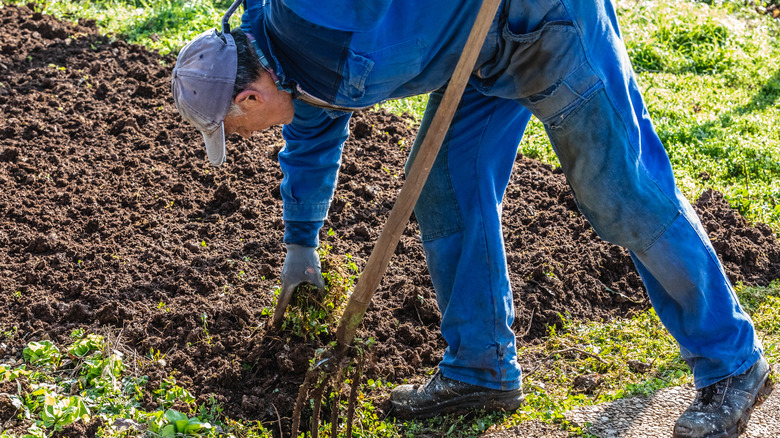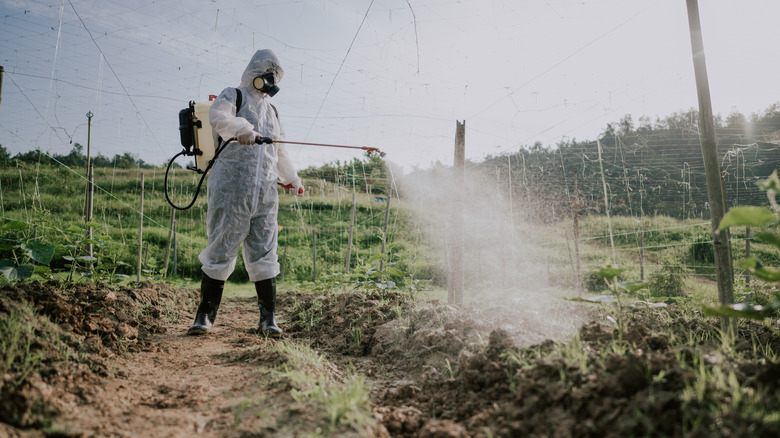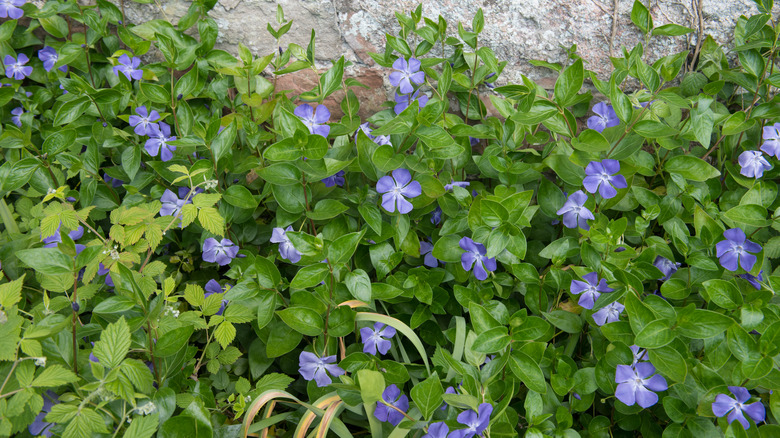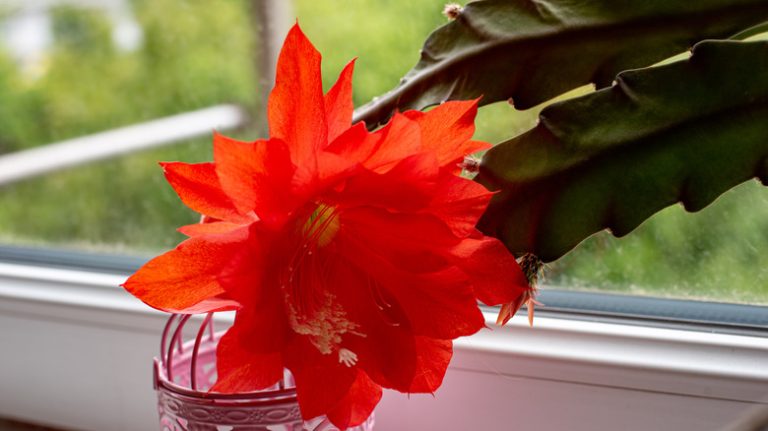If you find your garden overgrown with periwinkle, you’re not alone. There are two effective methods for controlling its spread: manual uprooting and the application of herbicides. Manual uprooting reduces future growth and preserves native plants, while using herbicides is quicker but more chemically intensive.
Periwinkle requires constant vigilance to keep it from taking over an area. Although periwinkle is easy to care for and celebrated for its low maintenance, it is considered invasive in some regions. If left unchecked, this robust ground cover can rapidly expand, even into unintended areas. It competes strongly with native plants for space, nutrients, and resources, making it difficult to introduce new species later on. By dominating the landscape, periwinkle decreases ecological diversity, making it crucial to diligently control it.
Adding to the complexity, periwinkle can also become a sanctuary for pests. Its rapid expansion creates an ideal breeding ground for insects like aphids and leafhoppers. Managing its growth requires considering this additional layer of complexity. If left unmanaged, these pests may not only feed on the periwinkle but also move to other plants, causing damage and spreading diseases. This creates a ripple effect of harm, reducing plant health and further disrupting the balance of your garden’s ecosystem. Regular checks and ongoing maintenance are key to maintaining balance and harmony in your outdoor space.
Manually uprooting periwinkle

The first step in reclaiming your garden from periwinkle is usually manual removal. Although this method requires a lot of work, it has some advantages. First of all, you can more easily preserve neighboring native plants because you have more control over what you’re eliminating.
So what steps should you take? Start by putting on a pair of gloves. Then, decide which vines you want to cut. Work on each vine individually to maintain the soil’s composition. Use a garden fork or your hands to gently loosen the soil around the vine and pull it out. Be thorough, removing as much of the root system as possible. Once you’ve extracted a section of the vine, shake off any soil clinging to its roots. The goal is to prevent any part of the plant from reestablishing itself. Place the uprooted vines far away from the garden to dry out.
After cleaning up the infestation, it’s important to prevent the plant from sprouting new leaves. One effective approach is to deprive the area of sunlight. Cover the cleared ground with cardboard or plastic and leave it in place for about six weeks. This will block sunlight and effectively kill any remaining seeds or roots in the soil. If you live in a region with less intense sunlight, consider extending this six-week period.
Using herbicides for periwinkle control

If manual removal is not your preferred method or if the periwinkle infestation is too large to handle by hand, herbicides can provide an alternative fix. However, they should be used as a last resort due to their environmental impact. A 3-4% solution of triclopyr 4, combined with a quality surfactant, can be highly effective in killing periwinkle. It is crucial to consider the timing of this treatment. The colder months are ideal because most native plants will still be underground, making them less vulnerable to herbicide damage. The best temperature for efficient herbicide action is around 50 degrees Fahrenheit. Be sure to check the weather forecast thoroughly and choose a day with no wind to prevent the herbicide from drifting onto other plants or into waterways.
Before spraying weed killer, carefully read the manufacturer’s instructions. It is essential to wear protective gear such as gloves and a face mask. To provide extra protection, consider covering the surrounding vegetation with plastic sheeting. Ensure that you apply the herbicide evenly across the area infested with periwinkle. Missing spots can result in incomplete eradication and may require additional treatments. Keep in mind that the results may not be immediate after applying the herbicide. Depending on the type of weed killer used, it may take some time for the periwinkle to fully die off. While waiting, continue monitoring the area for any signs of new growth or missed patches that may require a second round of application.




